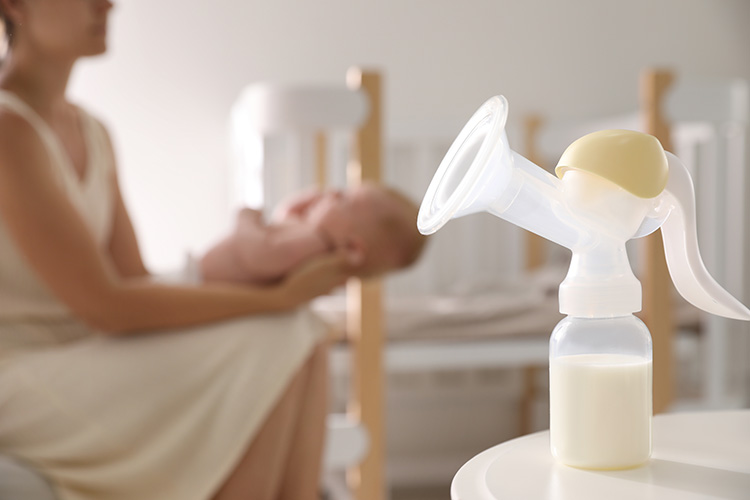Your Breastfeeding (and pumping!) Journey. Our Support.

The general recommendation is to hold off on pumping for the first 4 weeks. This gives the baby and your body time to learn this new wonderful thing called breastfeeding! Your baby is learning how to latch correctly and your body is learning to respond to the baby’s needs and build up that milk supply. There’s no need to add pumping to your new baby routine.
That being said, there are sometimes reasons to start pumping BEFORE 4 weeks. If there is any separation between parent and baby, concerns about milk supply, uncomfortable latching, or if supplementing has been suggested before 4 weeks, please reach out for lactation support as pumping may be needed to protect milk production.
Generally speaking, a 10-20 minute pumping session should be efficient for milk removal. Many people think if a baby is feeding for 30-40 minutes they should be pumping that long as well, but that’s not actually true! Just as a nursing routine differs for everyone, so does pumping.
That said, if you think you have an oversupply, pumping for shorter periods (3-5 minutes) for breast comfort is appropriate.
The short answer is…maybe! If the baby is at the breast, feeding well and gaining weight, that is the ultimate gauge of how breastfeeding is going. But there are times you may need the pump to maintain the supply. Pumping most often comes into the picture when there is a separation of parent and baby time in the NICU, mom going back to work, or needing to be away from baby for longer periods. That’s when a pumping schedule is needed.
The amount you pump will ultimately depend on your reason for pumping. Milk output can fluctuate depending on when you pump (how many days/weeks postpartum and time of day), type of pump, and optimal pump function. If your baby is feeding efficiently from the breast and you pump right after, you may not see much output.
Determining the reason you are pumping will be helpful to figure out how many times you need to pump. Depending on how long you are away from the baby, as well as breast comfort, will also play a role.
If you are pumping and returning to work, track how many times baby feeds the week or so before, and then incorporate that into your pumping schedule. Think about your commute and if you’ll need to pump right after arriving, or if you can wait a little bit.
Keep in mind: returning to work at 6 weeks is different from returning at 6 months.
Time away from the baby differs for every parent, and so will the type of pump you need. Will you be away for just an hour or two? Do you work from home and/or freelance? You might only need a manual pump.
If you do find that you are away from the baby for extended periods of time and/or are pumping to leave the baby for the day, having a new electric pump is beneficial. Keep in mind if you are full-time or part-time, and the flexibility you have at work for pumping.
Pro Tip! If able, block off time on your calendar as “Meeting with insert your pump name here” to ensure you get your pumping sessions in. Remember, pumping looks different for everyone so do what makes sense for you and your baby.
Just like getting the right latch is crucial to efficient milk removal from the breast, so is having the correct flange fit. When getting the correct flange fit, here are some things to consider:

Not all nipples are the same. Make sure your flange is correctly sized. Your nipple should be able to move freely in the tunnel of the flange

Once the suction starts, your nipple may expand because of the elasticity of your skin. If the nipple begins to rub in the flange and create friction, the flange is too tight. If too much areola gets pulled into the tunnel of the flange, the flange is too big.

The right flange size can be different between breasts, over time with the same baby, and even between different babies!
